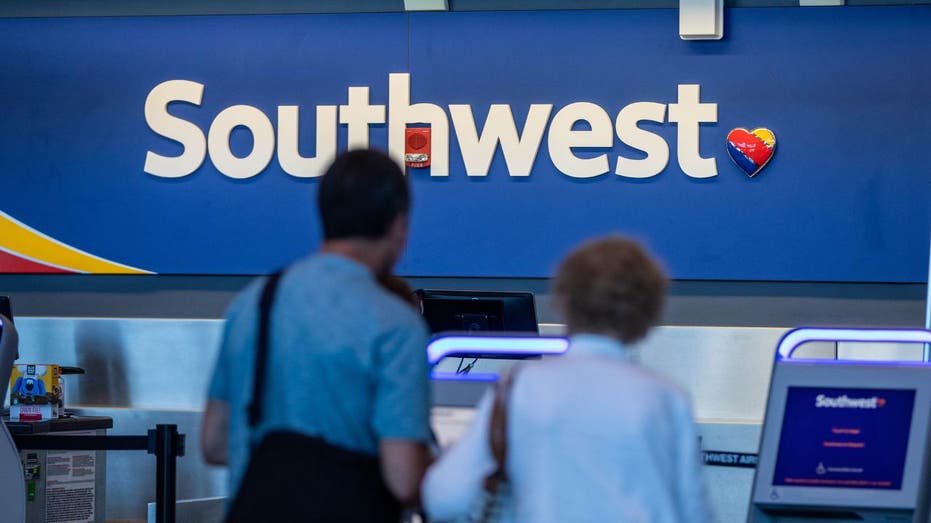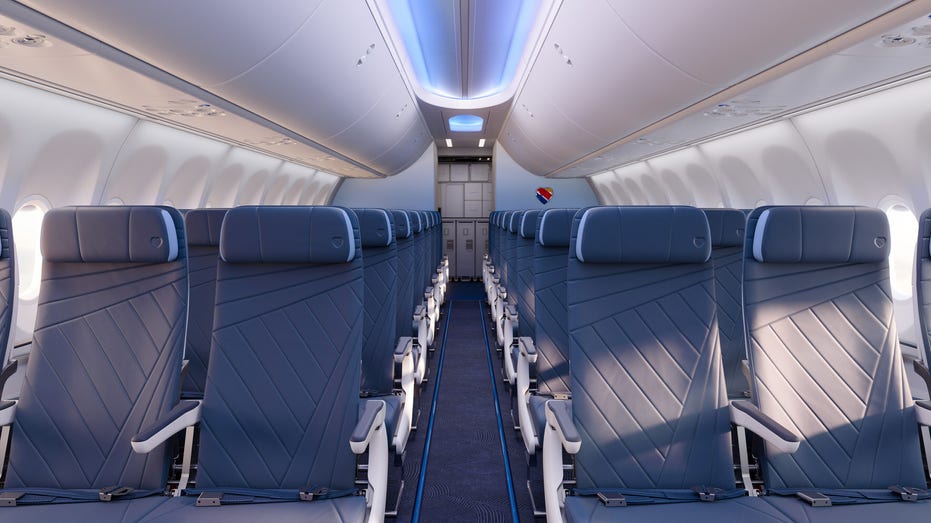Southwest Airlines on Friday began flying its first jetliner built with a secondary flight deck barrier designed to prevent intrusions in a design change that’s been in the works since the Sept. 11, 2001, terror attacks.
The airline took delivery of a Boeing 737 Max 8 in recent days that flew from Phoenix to Denver and the flight serves as a milestone for a safety feature being deployed across new commercial airliners entering U.S. service in the coming years.
Secondary barriers have been sought since Sept. 11, 2001, when terrorists forced their way into cockpits and hijacked the four airliners used in the deadliest terror attack in history. Aviation safety experts and pilots’ unions have argued the secondary barriers will make jetliners more secure.
Boeing and Airbus told Reuters that they have begun delivering airplanes with the barriers in place under a Federal Aviation Administration (FAA) regulation from 2023 that took effect last week.
SOUTHWEST ROLLS OUT NEW CONDITIONS FOR PLUS-SIZE PASSENGER REFUNDS
The FAA said last month that it would give airlines until July 2026 to begin putting the barriers in newly delivered planes.
| Ticker | Security | Last | Change | Change % |
|---|---|---|---|---|
| LUV | SOUTHWEST AIRLINES CO. | 32.90 | -0.08 | -0.24% |
| BA | THE BOEING CO. | 234.68 | -1.48 | -0.63% |
Most major air carriers have told the regulator they intend to take advantage of the extension and won’t put the barriers into immediate use ahead of the deadline.
Southwest has instead opted to immediately begin compliance and anticipates accepting the delivery of about 25 more Boeing airplanes with the barriers this year.
SOUTHWEST AIRLINES DITCHES DECADES-OLD OPEN SEATING AFTER YEARS OF HOLDING OUT

“We felt like we could get it done and put it in production as soon as the aircraft was ready,” said Justin Jones, Southwest’s executive vice president for operations.
Following the Sept. 11 hijackings, the FAA adopted flight deck security standards that aimed to make them resistant to forcible intrusion and prevent unauthorized entry into the cockpit – an effort which preceded the new rule and has helped secure airliners currently in service.
SOUTHWEST ADDS ‘POWERFUL’ COCKPIT ALERT SYSTEM TO DETECT RUNWAY DANGER

The FAA’s newly implemented rule requires aircraft manufacturers to install a second physical barrier on new planes used in commercial passenger service in the U.S., but doesn’t require that existing planes be retrofitted.
Planemakers without FAA certification of barriers don’t yet need to be in compliance with the regulation.
Reuters contributed to this report.
Read the full article here












